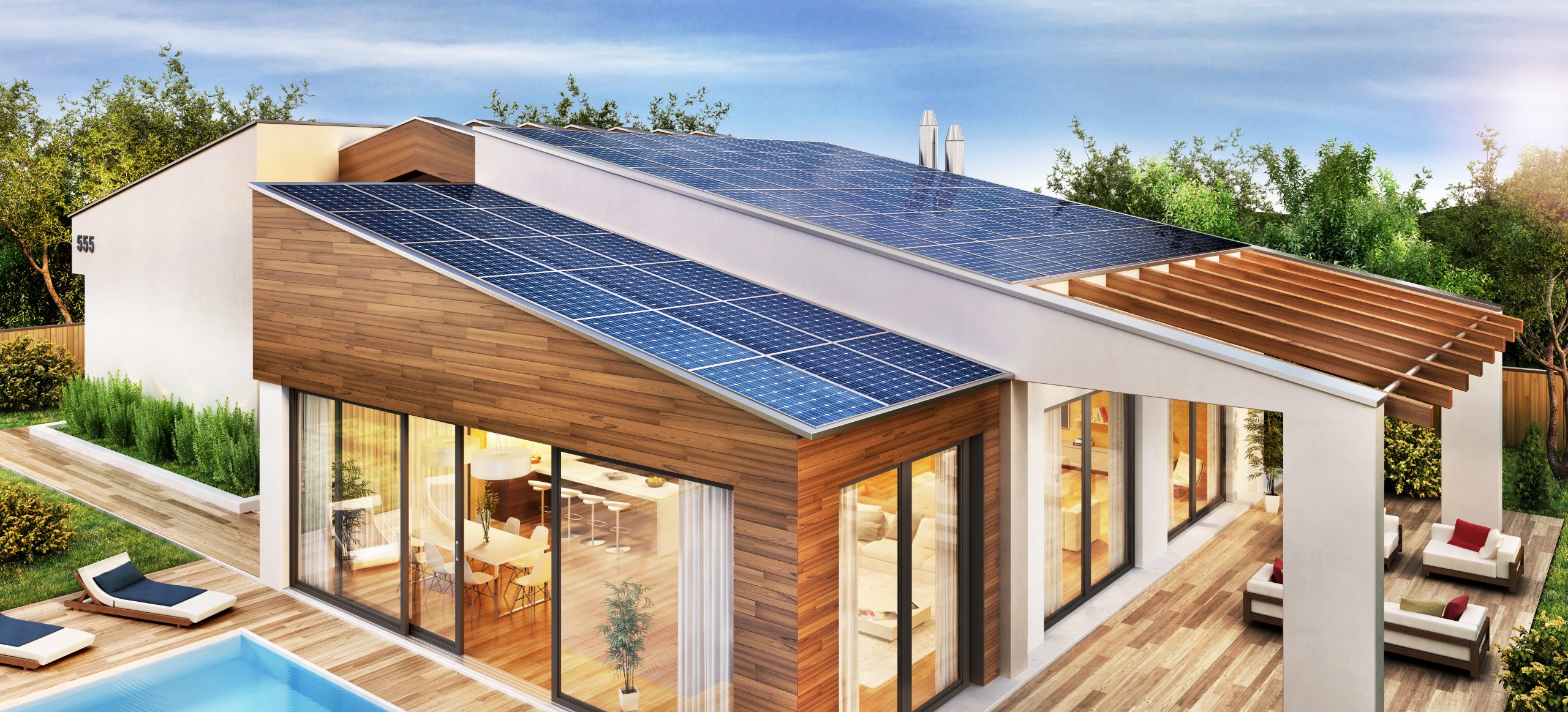If the Government wants to get to Net Zero by 2050, it’s going to have to do something pretty drastic about decarbonising homes. Find out why it’s PAS 2035 Retrofit programme is unlikely to do the job, and how Passivhaus (as ever) could be the answer.
One of the apparent benefits arising from the lockdowns has been the resurgence of nature – that “nature is healing”. Whether it is huge reduction in air pollution – some cities are enjoyed a 60% reduction in NOX levels during Lockdown I – goats and deer reclaiming the suburbs, or simply the increase in birdsong (or, rather, our ability to hear it now cars, helicopters and trains have been largely silenced); everyone not suffering physically, financially or emotionally from the virus enjoyed – if they could get outside – a quality of life of the kind perhaps not known since the 1960s or 70s.
Climate emergency
One of the louder cries pre-pandemic was that of “climate emergency”, with Extinction Rebellion and a host of un-, quasi and official agencies warning us of the horrors to come if we fail to moderate our environmental behaviour.
Whether you agree with them or not, they, temporarily at least, got their way – with the worldwide lockdown predicted to reduce carbon emissions by 5% last year. Although short of the 7.6% claimed to be necessary to halt global temperature rises over the next decade; it is still a remarkable number.
However, it won’t last and, sadly, pollution and emissions will likely rebound as soon as things return to the ‘normal’, whatever that’s going to look like. The goats that have ventured from the Great Orme headland to take over Llandudno have already returned to their hillsides and birdsong will once again be drowned out by the din of traffic. (That said, the deer that have been grazing on the verges of London’s Harold Hill are still there for now).
And it will take a sustained change in our behaviours – and the way our homes are built – to not only realise a permanent reduction in emissions, but also to get anywhere near the net zero carbon emissions by 2050 target that the Government has set itself and, by implication, the rest of us.
Decarbonising housing
Homes are relevant to the Net Zero debate because approximately 45% of all the carbon dioxide emissions from the UK originate from heating buildings – and 27% of that derives from the residential sector. So, to get anywhere near net zero, there must be a radical reduction in the use of energy within the home or the total decarbonisation of that energy.
Either or both represent a very, very tall order.
In the case of the first, one way the Government is driving energy efficiency is through a retrofit programme aimed at all properties built before 1990, whereby they are upgraded with insulation and other measures. The programme sits under an umbrella called PAS 2035 Retrofitting Dwellings for Improved Energy Efficiency and, as currently envisaged, is a hybrid between the existing Energy Company Obligation 3 and PAS 2035. Then from June 2021, the programme will be purely PAS 2035.
Is retrofit unaffordable?
It’ll be a challenge logistically and financially to pull it off. The number of properties involved is estimated at 20,000,000 and the cost conceivably £15,000 per property. You do the math.
But it is a great challenge that we’re not even building new houses to the standards set by PAS 2035. So, while we are retrofitting to bring old properties up to energy scratch, we’re creating generations of more properties that will only need retrofitting in turn.
Passivhaus
Which is where Passivhaus comes in. For those unfamiliar: the Passivhaus concept is of “a building in which thermal comfort is guaranteed solely by re-heating (or re-cooling) the fresh air that is required for satisfactory air quality” and was first developed in 1988 by Professors Bo Adamson and Wolfgang Feist, founder of the Passivhaus Institute. Since the Institute was founded in 1996, over 65,000 Passivhaus buildings have been built worldwide, most in Germany and Austria, and have been found to consume up to 90% less energy compared to existing building stock.
For a dwelling to qualify as a ‘Passivhaus’ it must meet strict criteria – the energy used for space heating and cooling must be less than 15 kWh/m2/yr and the total primary energy use is limited to 120 kWh/m2/yr (including all end-uses).
The quoted costs of building to Passivhaus vary, yet a 2019 report by the Passivhaus Trust reckons current best practice is at 9% extra cost and that the steady-state projection of Passivhaus adoption at scale is around 4%. One source claims that the additional cost of realising Passivhaus could be as little as £6K a property: this when we’re spending £15K on existing stock, as we will – in time – on those which we’re building now.
It doesn’t feel joined up at all and, while one does not wish to begin to impose costs on an already hard-pushed housebuilding sector, it feels as if there should be a root and branch review of the Building Regulations to make the standards to which we want old properties to conform apply to new ones.
Pre-lockdowns the public – while persuaded as to the existence of climate change and the need to reduce carbon emissions – may have been thought, in the main, to be passive bystanders: only modifying their environmental behaviour either through legislative compulsion or when it was to its financial advantage. Now we’ve all had a taste of what a low carbon life might feel like – with nature healed – the ‘new normal’ might just see a new acceptance of the need for this change, the price of it and the energy to achieve it.
Ends.

